This document discusses economic activities and sectors of the economy. It defines economic activity as the process of satisfying human material needs through production, distribution, and consumption of goods and services. The three main sectors of the economy are described as the primary, secondary, and tertiary sectors. The primary sector involves obtaining natural resources and includes agriculture, livestock, forestry, and fishing. Different types of agriculture and livestock farming techniques are outlined. The secondary sector involves industry and manufacturing raw materials into finished goods. The tertiary sector produces intangible goods and services.
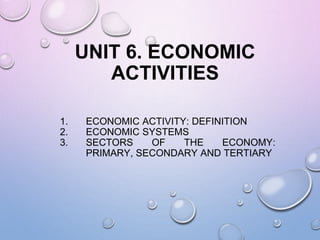


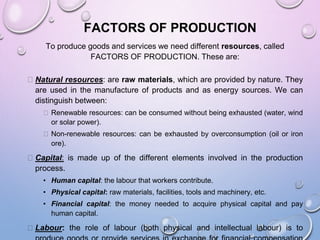







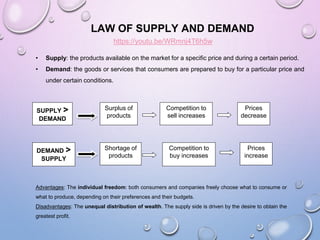







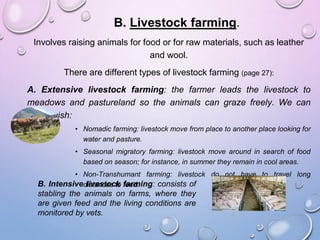





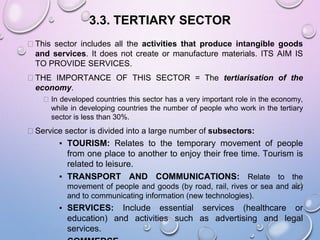

![EDUCATION IS VERY IMPORTANT FOR A
SOCIETY, BECAUSE THE RIGHT OF
EDUCATION MEANS THAT WILL MAKE
POSSIBLE TO OBTAIN A JOB AND LIVE
IN GOOD CONDITIONS.
“Education is the passport to the future,
tomorrow belongs to those who prepare for it in
today”
[Malcolm X (1925-1965), American political activist].
“Education is the most powerful weapon which
you can use to change the world”](https://image.slidesharecdn.com/unit61-200209181939/85/Unit-6-28-320.jpg)
